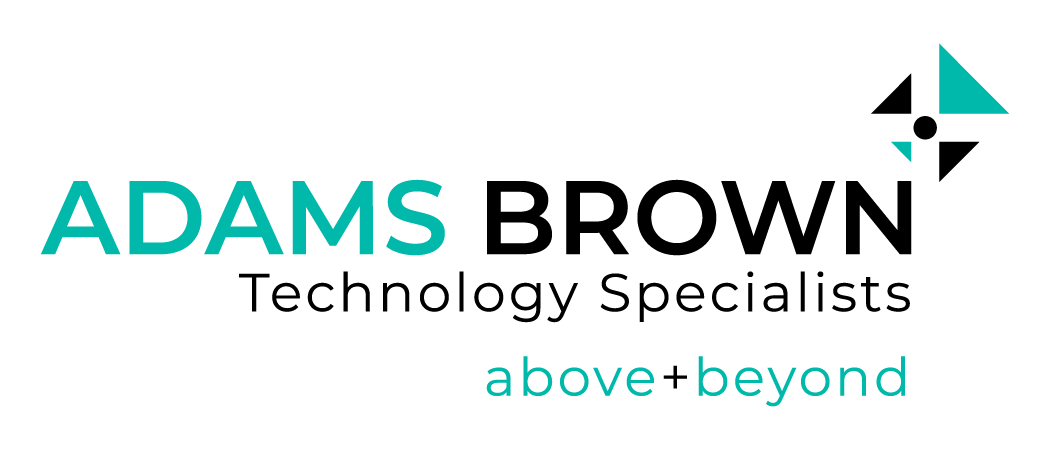Cloud Technology Challenges Facing Companies in 2023
With technological innovation comes new threats and risks.
Cloud technology has revolutionized the way most do business and has become a popular choice for companies of all sizes. It offers scalability, flexibility, accessibility and reliability. But with these advantages come a few risks. As businesses move their data and applications to the cloud, they must be aware of the security challenges they face.
Three Cloud Technology Concerns for Businesses
- Data Breaches & Security Incidents
Data breaches are one of the most significant threats to cloud technology. According to Statista, during the third quarter of 2022, approximately 15 million data records were exposed worldwide through data breaches. This figure had increased by 37 percent compared to the previous quarter. Companies must have comprehensive security measures in place to detect and respond to data breaches quickly and effectively, including critical steps such as:
- Identify the incident — Quickly identify security events involving access to systems and sensitive data and initiate the incident response process.
- Contain the incident —Ensure the bad actors cannot access any other data in the system and work to disable their access as quickly as possible.
- Assess the impact — Determine what data was vulnerable to or accessed by the bad actor, where that data resided and who has been impacted. Is it a specific client or group of customers? Was it a vendor system that was compromised? Forensic analysis may be required.
- Notify impacted parties — Ensure that anyone whose data was impacted is notified of the security breach and your company’s efforts to address it in accordance with breach notification legal requirements.
Companies need to have processes in place before a security incident happens, otherwise, they will find themselves scrambling to effectively respond when an incident occurs.
- Access Control
Companies must make sure that only authorized users can access their data and applications in the cloud. This means having a secure authentication process in place, such as multi-factor authentication. Businesses have several tools at their disposal to protect against unauthorized access, including:
- Multi-factor authentication – requires a user to submit two or more pieces of authentication information to gain access to a system (e.g., password and token, or password and a code sent via email or SMS) rather than a password alone.
- Endpoint detection and response – solutions to protect users’ devices from threats such as viruses, malware ransomware and phishing.
- Zero Trust solutions – help the organization grant or deny access based on the user’s context (e.g., from where and when they are attempting to access the system).
Companies need to determine which methods are appropriate for their organization and users. More robust authentication is typically required for administrators and those with access to the most sensitive information.
- Data Security & Privacy
It is one of the significant challenges in cloud technology as users have to take accountability for their data, and not all Cloud providers can assure 100 percent data privacy. Businesses must make sure their cloud provider has robust data security protocols to protect their information and applications. Some considerations companies need to keep in mind include:
- What data should I keep? The more data a company stores, the more difficult it is to manage. By storing unnecessary yet sensitive data, companies open themselves up to greater risk in the event of a security incident.
- How long do I keep data? Companies should only keep data as long as necessary. But how long is too long? The answer to that question varies based on the nature of the data, to whom the data belongs, changing regulatory requirements, policies and contractual requirements.
- How do I secure the data? Secure encryption of sensitive data is a strong defense against unauthorized access to data. Companies should take advantage of the encryption functionality provided by cloud services.
A practical approach to data life cycle management and encryption of sensitive data can be a key risk mitigation strategy.
Free Download: Checklist for Better Cybersecurity
Cloud technology is a powerful tool used by countless businesses and organizations. But with any technology comes a certain amount of risk. It does not remove the risk you currently have within your environment, and it adds another layer to what you need to secure. Every company should adopt cloud security measures to varying degrees within their business.
What can you do?
One of the best places to start is with a cybersecurity assessment, which goes above and beyond basic network security. For example, you might not be aware of which versions of software your employees are using or how many devices are actually hooked up to your company network. These are common scenarios that give rise to data breaches.
Vulnerability scanning and penetration testing are just two cybersecurity services that can identify risks like these. With additional options like dark web scanning, employee cybersecurity risk scoring and simulated phishing tests, your organization has the complete picture for baseline cybersecurity readiness. The assessment can be taken a step further to show you how a hacker could use gaps in your network security against you, then how to prevent that from happening.
Adams Brown Technology Specialists can work alongside your IT team to evaluate cyber policies and procedures. You’ll get a holistic view of how your employees perceive and understand cyber risks. You’ll also receive support to help you meet CIS/NIST regulatory frameworks. Ultimately, your organization will develop a tech roadmap and gain clarity into how your cyber tools are used.
Technology makes the world a better place, but it can wreak havoc on a company’s data, assets and people. Whatever the risk profile or level of support you need, Adams Brown cybersecurity services can bridge the gap and help your business become more secure and better protected. Contact an Adams Brown Technology Specialist to start a discussion.

